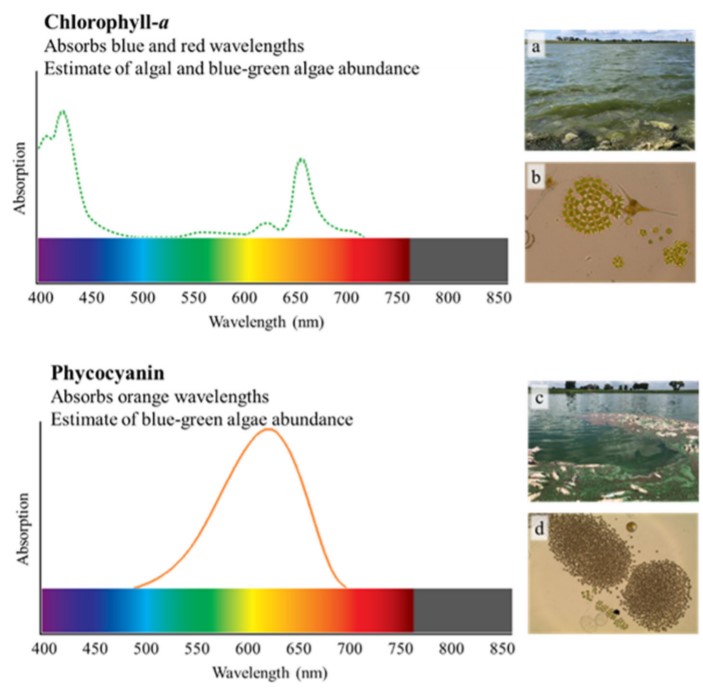
Citation
Fernandez-Figueroa, E. G., A. P. Belfiore, and A. E. Wilson. 2021. Drones for monitoring “blue-greens” in catfish aquaculture ponds. Fish Farming News 2021(1):16-17.
Abstract
Drones, unoccupied aerial vehicles, are commonly used in agriculture to determine the health of economically important crops, such as corn and wheat. Similar methods are currently being developed to measure the abundance of beneficial green algae and potentially toxic cyanobacteria, commonly called “blue-green algae”, in aquaculture ponds. While currently in the developmental stages, these methods could be instrumental in informing important management decisions. Blue-green algae thrive in aquaculture ponds throughout the southeastern US during much of the year, especially during the summer, due to the high nutrient inputs in the form of catfish feed. Blue-green algae blooms can lead to fish kills through the production of toxins (i.e., cyanotoxins) or when bacteria decompose dead organic matter leading to depleted dissolved oxygen levels. Off-flavor issues are also commonly associated with blue-green algae blooms, as some species produce compounds such as geosmin and 2-methylisoborneol (MIB) that affect the flavor and reduce the market value of catfish fillets. To mitigate the economic impacts associated with blue-green algae, aquaculture managers employ EPA-approved algaecides, such as copper sulfate, to reduce cyanobacterial abundance. While copper treatment is an effective tool for managing blue-green algae, it can also remove beneficial green algae and diatoms that make up the base of aquatic food webs, as well as other microbes, such as bacteria, that play a role in reducing ammonia and nitrite concentrations. Therefore, determining if blue-green algae concentrations are high enough to warrant chemical treatment is important for maintaining healthy pond ecosystems